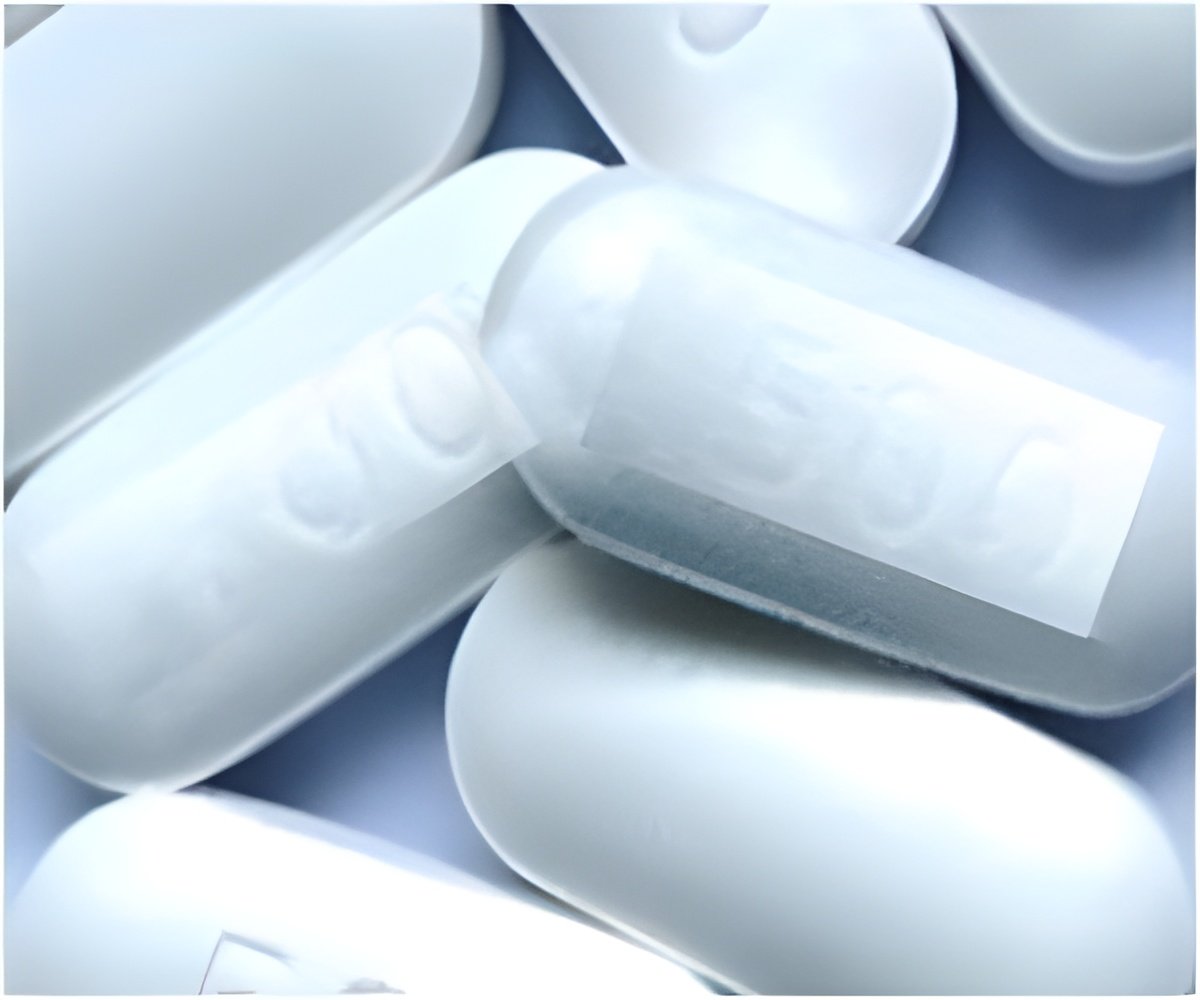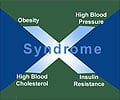
Contrary to a longstanding hypothesis within the agricultural world that holds that antibiotics reduce total microbial numbers in the gut, therefore reducing competition for food and allowing the host organism to grow fatter, the team found that the penicillin did not, in fact, diminish bacterial abundance. It did, however, temporarily suppress four distinct organisms early in life during the critical window of microbial colonization: Lactobacillus, Allobaculum, Candidatus Arthromitus, and an unnamed member of the Rikenellaceae family, which may have important metabolic and immunological interactions. "We're excited about this because not only do we want to understand why obesity is occurring, but we also want to develop solutions," says Dr. Cox. "This gives us four potential new candidates that might be promising probiotic organisms. We might be able to give back these organisms after antibiotic treatments."
The researchers worked with six different mouse models over five years to obtain their results. To identify bacteria, they used a powerful molecular method that involves extracting DNA and sequencing a subunit of genetic material called 16S ribosomal DNA. Altogether, the scientists evaluated 1,007 intestinal samples, which yielded more than 6 million sequences of bacterial ribosomal genes, the order of the nucleotides that spell out DNA. Studies like these are possible because of technological advances in high-throughput sequencing, which allows scientists to survey microbes in the gut and other parts of the body. The Genome Technology Center at NYU Langone Medical Center played a key role in identifying the genetic sequences in the study.
Source-Eurekalert













